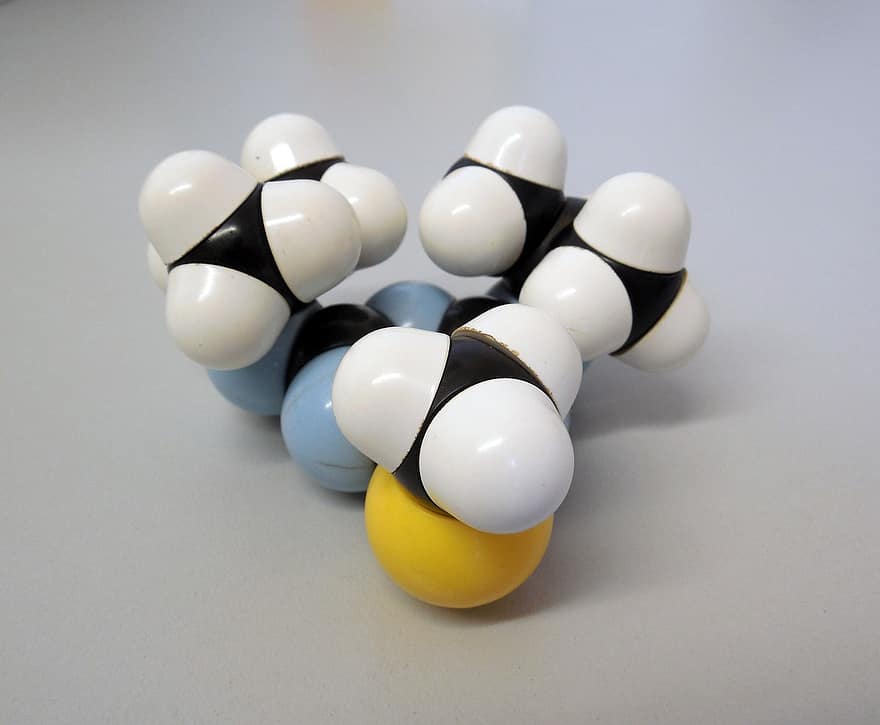 Scientists discover, publish, and get prizes – The Nobel prize being one of the most prestigious. Inventors invent and patent their inventions. This is the world of discovery and invention, in a nutshell. However, often, scientists also invent and obtain patents. Sometimes the patents might not have anything to do with the work for which they have received the Nobel prize. Let us now explore Frances H. Arnold and her patents in this seventh article of the series on Nobel laureates and their patents.
Scientists discover, publish, and get prizes – The Nobel prize being one of the most prestigious. Inventors invent and patent their inventions. This is the world of discovery and invention, in a nutshell. However, often, scientists also invent and obtain patents. Sometimes the patents might not have anything to do with the work for which they have received the Nobel prize. Let us now explore Frances H. Arnold and her patents in this seventh article of the series on Nobel laureates and their patents.
Of the many things President Joe Biden did after assuming office as the president of the US was to recharter PCAST. PCAST stands for The President’s Council of Advisors on Science and Technology. It is re-chartered by each administration with a mandate to advise the President on matters of science and technology. He also appointed Frances Hamilton Arnold as an external co-chair of PCAST. Frances Arnold is a chemical engineer and Nobel laureate. She is also the Linus Pauling Professor of Chemical Engineering, Bioengineering and Biochemistry at the California Institute of Technology (Caltech).
Her Nobel prize citation says that she was awarded the Nobel prize in Chemistry in 2018 for “pioneering the use of directed evolution to engineer enzymes”. She shared the Nobel prize with George P. Smith and Sir Gregory P. Winter. A page on the Nobel prize organisation’s web site about women who changed science reads, “With one ingenious idea and years of subsequent work, Frances Arnold turned bioengineering upside down. Recognising that nature was “the best bioengineer in history”, she figured out how to let evolution be her partner in the lab. She pioneered the use of directed evolution to design new enzymes, with applications as broad as they are essential, from pharmaceuticals to renewable fuels.”
Evolution takes place by the adaptation of species to different environments. This has led to great diversity of life forms. Frances Arnold has used those principles, that is, genetic change or mutation and selection, to develop proteins for solving humanity’s chemical problems. Arnold carried out the directed evolution of enzymes for the first time. Enzymes are proteins that act as catalysts in chemical reactions. The results of her work are useful in environmentally friendly manufacturing of chemicals such as pharmaceuticals, and the production of renewable fuels.
In the natural world, evolution is a random directionless process. However, in directed evolution, the mutations do not have to be completely random. They can be random enough to discover unexplored possibilities but not too random to be efficient. The number of possible combinations of mutation is humongous. Instead of randomly trying to test as many as possible, Arnold utilises her knowledge of biochemistry to narrow down the options. Therefore, she can focus on introducing mutations in areas of the protein that are most likely to have a great positive effect on activity. She can thus avoid areas in which mutations are likely to be neutral or even detrimental.
As it happens often in many scientific disciplines, discovery and invention go hand in hand. This is more so in experimental sciences where new tools are needed to test, initiate, or measure phenomena. In such fields, the discoverers patent the application of their discoveries and the tools that had to be invented to make their discoveries.
So, it is no surprise that Frances Arnold, her field of work being what it is, has around fifty patents to her name. For many of those patents, she is the sole inventor. Around fifteen of them are for methods and the remaining are product patents. A large majority of the patents have California Institute of Technology as the assignee.
Frances Hamilton Arnold is an American chemical engineer and Nobel Laureate, who has various patents to her name. She was awarded the 2018 Nobel Prize for Chemistry for her work on directed evolution of enzymes. She shared the prize with American biochemist George P. Smith and British biochemist Sir Gregory P Winter. Read more about her and her inventions in the article by J L Anil Kumar, Senior Consultant, LexOrbis, in the fifth article in the series on Nobel laureates and their patents. Anil retired as the head of Philips IP&S in India. He is an Electronics Engineer and a Reliability Engineer with more than forty-five years of experience.
Link: https://www.lexology.com/library/detail.aspx?g=08fedf80-91f9-4eb0-bc99-e6a877bfa984



